The Sound
Contents
I had the opportunity of trying out a set of eight Furutech NCF Boosters for a few months. I’ll go over some of the common use cases for the NCF Boosters. My preferred combinations may be very different from what you come up with.
Just by having the NCF material in contact with any of your cables changes the sound. And you don’t need golden ears to hear it. There’s a common theme that I’ll go over in the following section.
Mains
The impact of the NCF Boosters peaks at the mains outlet. The FI-50(R) connector of the Furutech DPS-1 power cord to the wall was firmly in place without the NCF Booster. However, once locked down by the NCF Booster, and you become a believer in NCF juice.
Music is immediately quieter, more open, and undeniably vivid. The biggest difference is in being tightly focused with precise imaging. It takes the level of delineation up in a huge way.
You’ll get a better perception of the musical layerings and atmosphere of a recording. The soundstage also widens and deepens by a few feet. Everything just sounds so crisp, clear, and uninhibited. There’s wonderful brilliance in the upper regions while keeping bass tight and refined.
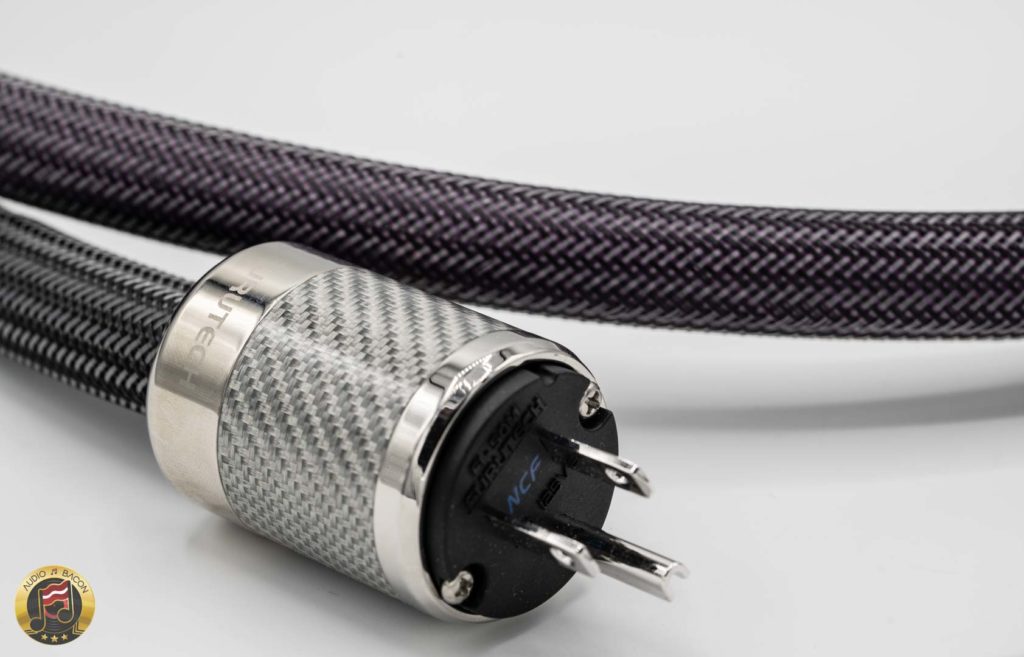
The sound seems to be passively “upscaled.” There are more control and way less “fuzz.” It clears the air, lifts the mids, and presents something more alive and insightful. The percussions in Santana’s Migra sets the pace and harmony perfectly – while the guitar and vocals embrace the melody.
Taking the NCF Boosters off and the differences were stark. First, there are less sparkle but more density. It’s more grounded than angelic sounding. It’s also not nearly as focused or deep – and noticeably flatter sounding.
However, the most obvious tradeoff seems to be warmth. With the NCF Booster, cello and violins seem more neutrally toned – but brings more texture to the forefront. Kodo drums don’t quite have that richer coating but punch with better reach and definition.
In my system, having the NCF Boosters at the mains may be slightly overpowering.
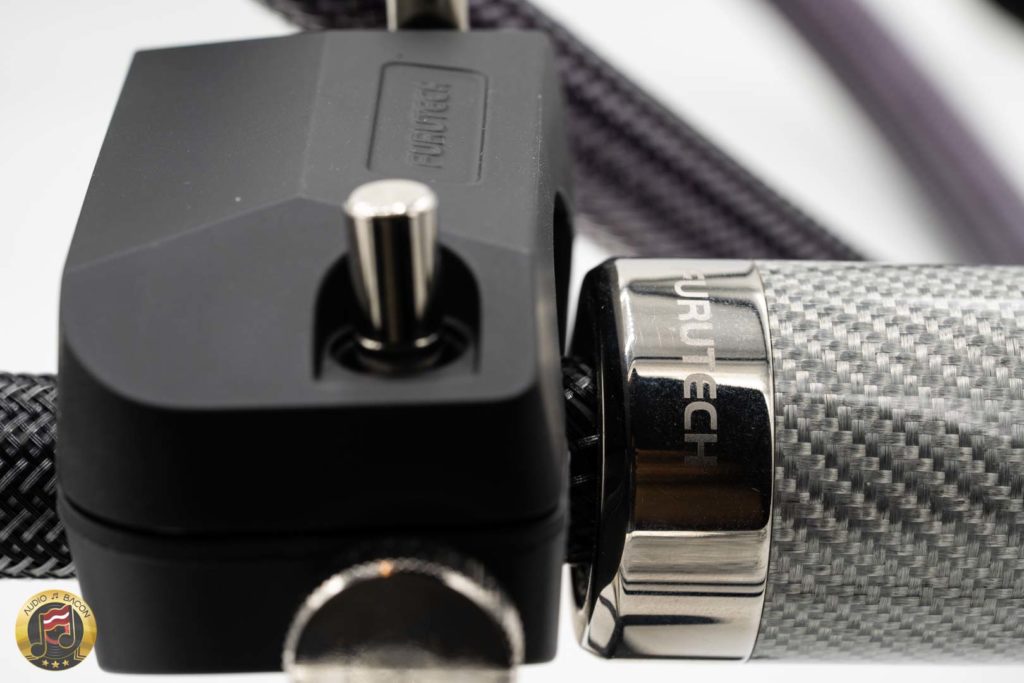
Subwoofer
Next, I clamped the NCF Booster onto a Furutech DPS-4 power cable at the IEC inlet of the subwoofer. I didn’t expect much of a difference here on the JL Audio F110 V2 subwoofer. I figured it’ll only affect the lower regions.
This wasn’t the case.
I wasn’t sure if it was because the NCF booster was so close to the RCA signal cables – but it had many of the qualities of being plugged at the mains – BUT preserved much of the warmth and soul of the music.
Recordings not only sounded better resolved and nuanced – but meatier and more tangible. It still had a black background, dimensionality, and clarity. But it articulated the space more organically with resonances being effortlessly conveyed. In other words – it sounded “right.”
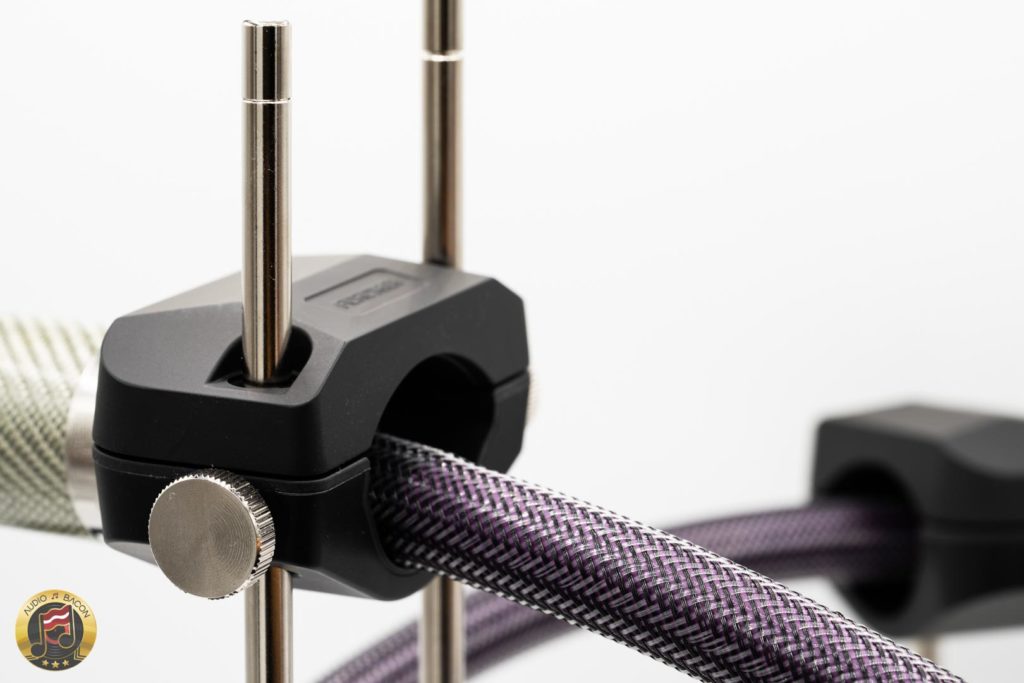
To be honest, I think the NCF Booster made a larger impact than the connected power cable (which is much more expensive). There was more flex, dynamic definition, and sheer addictiveness.
Removing the NCF Boosters and the sound no longer wraps around you but remains pancake flat. It’s more mushy, loose, and dull. Although, it still has a more romantic color to the sound without the Booster in place. Consequently, there are more masculinity and intimacy to vocals.
Interconnects & Speaker Cables
Cable holding duties is best left for the Furutech Booster-Signal – but I figured I’ll try it out with the NCF Booster. I’ll be testing both at the connectors and as lifters.
At the connectors
Off the bat, using both top and bottom clamps prove to be “too much of a good thing.” Using just the bottom clamp – or resting the top clamp on the connectors (at the preamp and amp), seems to strike a better balance.
It is similar to what I heard with the subwoofer (IEC) but a little more thin in the midrange. Another tweak that is applied in a similar fashion is the Bybee stuff. However, their products (generally) seem to thicken and soften the sound while the NCF Booster sorta does the opposite.
In this scenario, it seems like the NCF Booster-Signal would be a better choice. Not just sonically but having the flat shelf gives more flexibility with equipment and space. The NCF Booster sounds a little” too strong” with both clamps – but works quite well with just the bottom section.
As lifters
This is where the NCF Boosters are commonly used – and where it excels. It’s not as heavyhanded as having the NCF closer to the inputs/outputs. The closer I placed the Boosters to the speakers or amplifier – the greater the effect. Having two NCF boosters closer to the middle of the cables seem to be sufficient for my near-field system.
Apparently, this NCF stuff is powerful. Especially for lower-level signals. As a sanity check, I used some random items to lift the cables. I tried various materials, including wood, rubber, plastics, and even cardboard boxes. All of them change the sound, but the NCF Booster does so with the intent of clearing the air and strengthening separation and clarity.
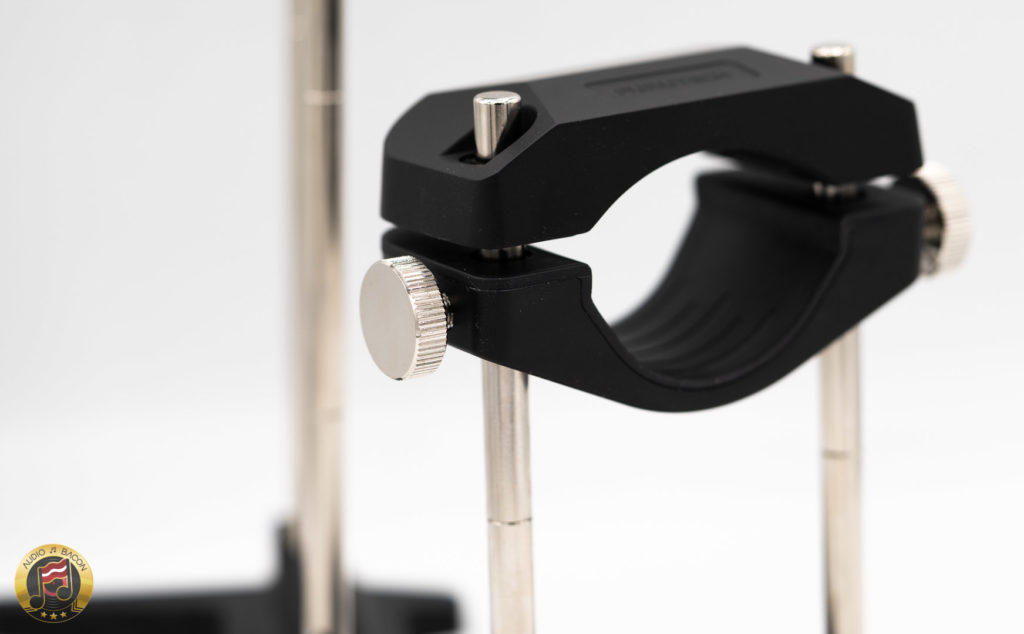
Digital Cables
This one was a surprise. Using the NCF Booster to lift just a single Ethernet cable – and the sound becomes plenty more focused and quiet. Throwing some coaxial and more Ethernet cables onto the NCF Booster and the sound is further enhanced in this way.
This positioning kept me in my seat. It had a similar impact to what I heard with the Booster at the subwoofer – but with more density and weight. It was also more delicate in its application of NCF.
When the kick drum is struck, a piston of a trumpet is depressed, or the cymbals are brushed – there’s a “feel” to the music. Both in material and resolution. Leading edges and transients are just cleaner.
In short, this was one of the best use cases for the NCF Booster.
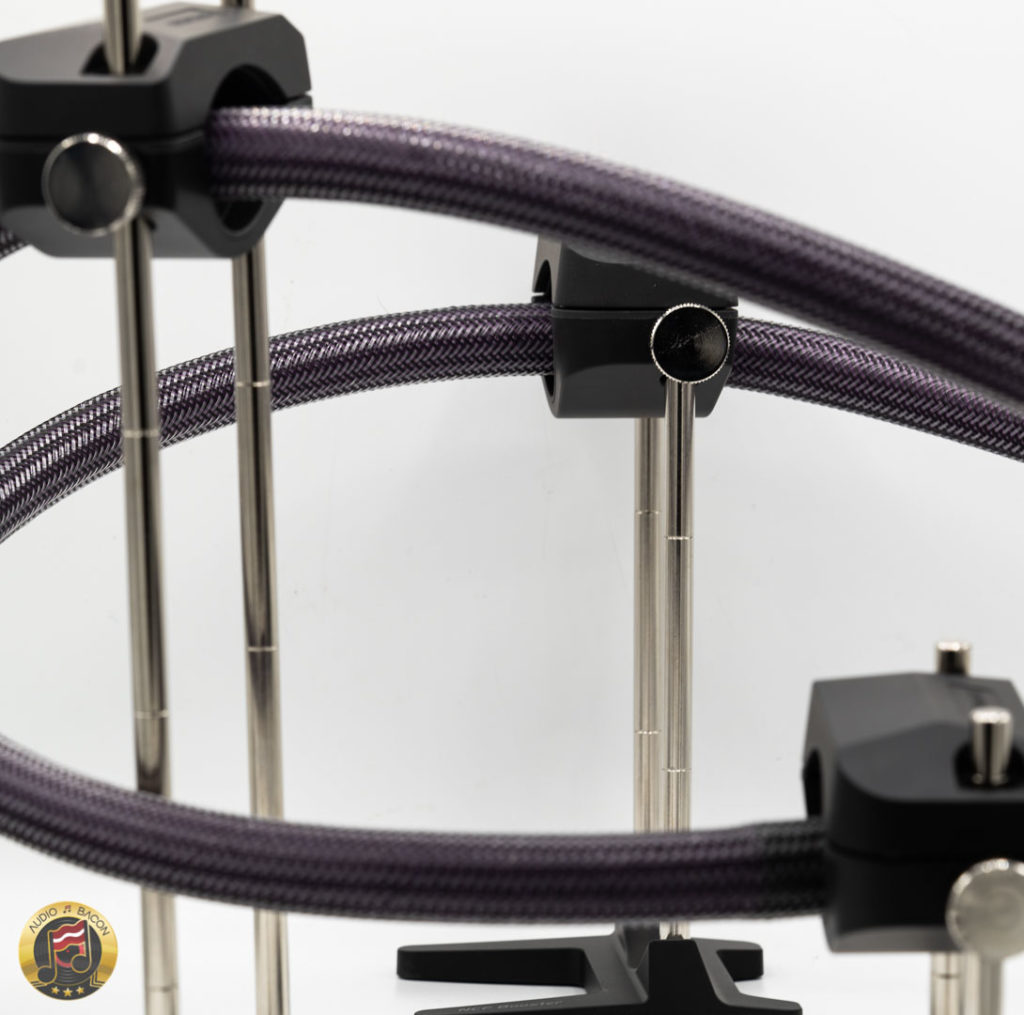
Amplifier
The impact at the IEC inlet of the Chord Electronics TToby amplifier was similar to that of having it at the mains. It’s extremely detailed and vibrant – but sounds cooler and somewhat leaner.
Shifting NCF Boosters away from the rear of the amp and you get some of the blood flowing again while still preserving control. For me, it was about 8″ out – where it becomes more of a lifter instead. You’ll have to play around with the distances in your system to find the right balance for you.

Home Theater
I was curious to try out the NCF Boosters on my Dolby Atmos system. With 13 speakers and two subwoofers, this is where tweaks will really show themselves.
Connecting the NCF Booster to the inlet of my Furman power conditioner proved to be quite impactful to the sound – in a good way. The better holographic and dynamic qualities are enough to justify leaving them there.
However, I tried the NCF Booster with a Furutech DPS-4 power cable at the Denon AVR-X8500H receiver. Wow. This receiver is extremely resolving and the DPS-4 adds more meat on the bones. However, it does soften out some of the texture and details. The NCF Booster brings just the right amount back into sound. I ended up moving the NCF Booster from the Furman to the Denon receiver.
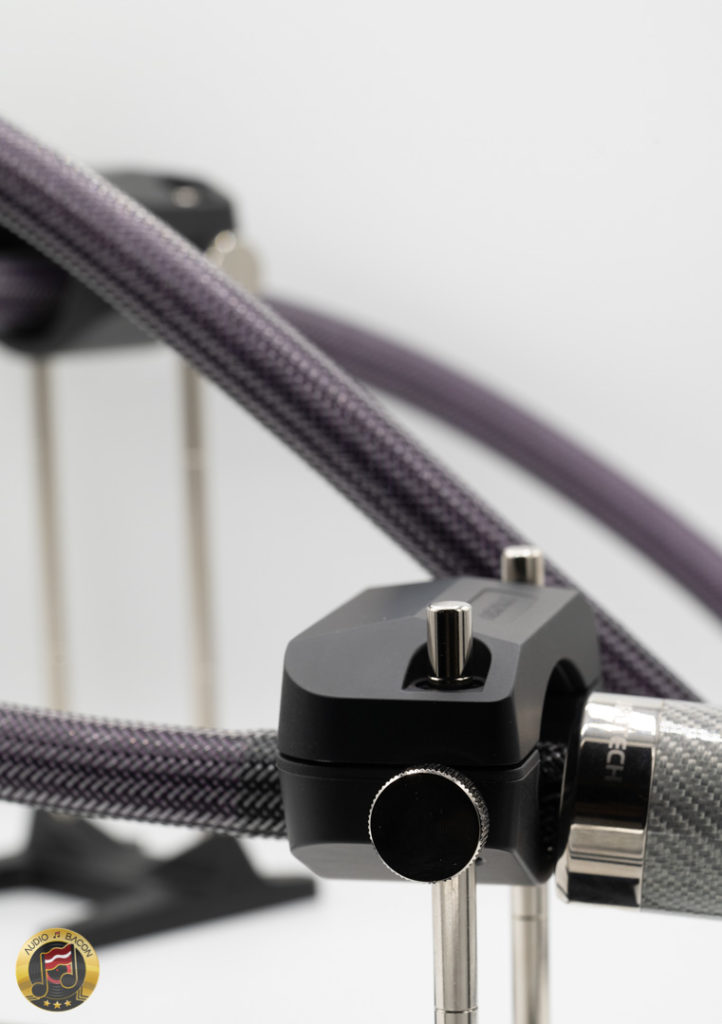
Different Cables?
Trying out different interconnects (shield and unshielded) and power cables – the “strength” of the NCF Booster seems to vary. But any enhancement aligns with the aforementioned impressions (focus, quietness, detail, etc). Once again, you’re going to have to play around with it.




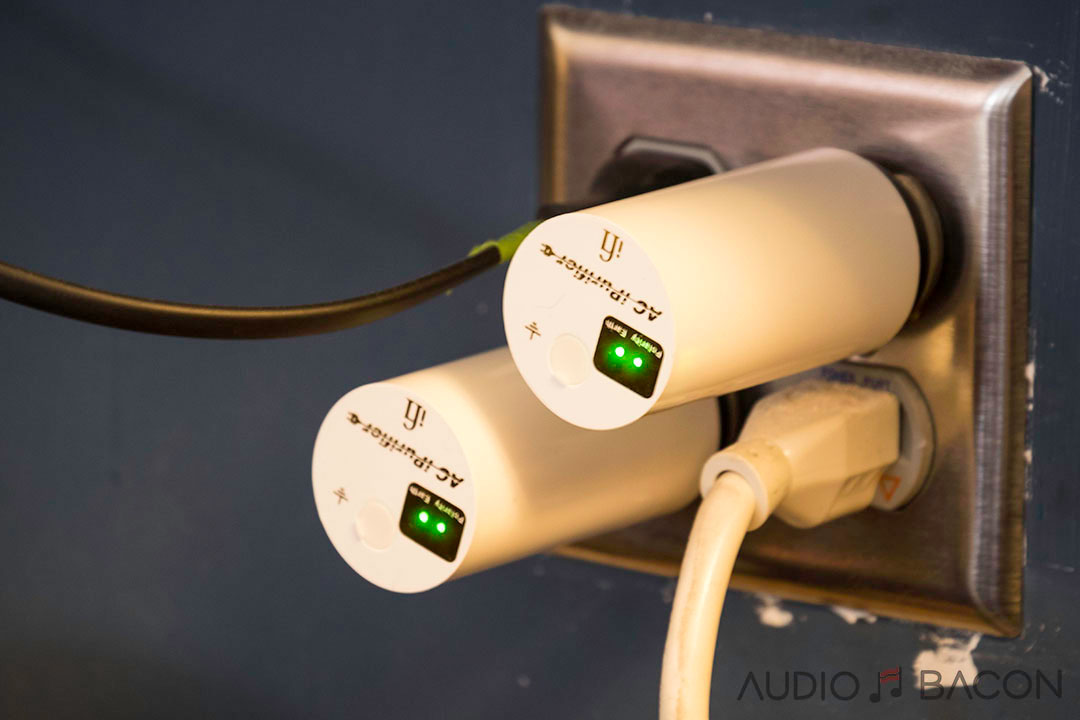

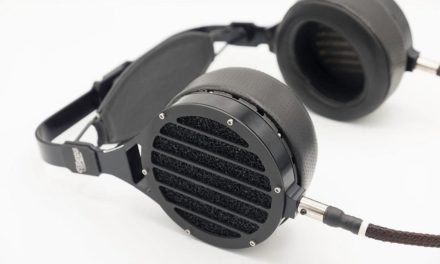
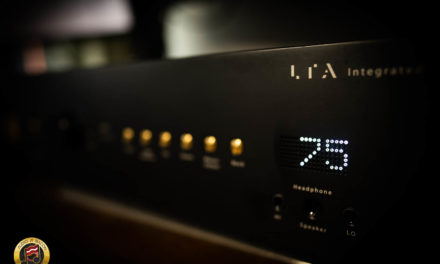

“Although these tweaks have measurable results”…I believe in certain tweaks but that’s quite a claim. $375 apiece? Just another example of mfrs giving our hobby a bad name…shame shame 😎
I mean “some of these tweaks.” corrected.
..$350…forgive me Furutech
No offense, but I’, having a serious hard time believing these cable lifters were actually altering the sound.
Even if the pieces are coated with Furutech NCF’s piezoelectric material, it is still not coming into connect with any wires or anything that has the signal passing through it.
In the end, it’s just having a thinly coat piece of plastic come in connect with a heavenly shielded cable or even a even more heavily shielded connector piece that protects the the actual signal from outside interference. There is absolutely no science to back up they would affect the sound.
If one would buy them, it would probably be because they need a cable lifer, not for a sound tweak. For that there are MUCH cheaper alternatives.
Yeah, we all had a serious hard time believing a lot of things in this hobby. But there are people who speculate – and there are people who actually use their god-given ears. Those who take action – usually get further in life. And have more friends. True story. 🙂
My feeling is that these pieces act like some kind of giant ferrite. Whatever it is – it does change the sound. And you don’t need golden ears to hear them.
This Furutech NCF lifters REALLY WORK! And not just for audio gear. I placed the power cord for my toaster on one of these things and OMG, perfectly golden brown toast each and every time! I then tried it on the power cord for my microwave and now my TV dinners come out better tasting than the dinners served by 3 Michelin star restaurant down the street. OMG! Lastly, I put my wiener on one of these things and my wife is now super happy! Totally worth it!
Way to go ! The wiener test sounds like the best. Seriously though I have what looks like an LA freeway exchange of 2’-4” tall hardwood dowels 1.5” diameter. The floor is hard wood. The tops of the dowels are covered w/ a laminate layer of silicon. Floor side wood to wood. There are 42 of them in all. Signal and power cable lifters.I fiddled for over ten year using dozens of materials. Disclaimer: I am a professional artist (sculpture and paintings) w/ decades of fabricating experience. Yes these things do work, materials matter and sonic outcome varies depending of combinations used. I would start at Home Depot, Lowes:
Hardwood: Pine dowels sound diffused & warm, Poplar is clearer, focused w/ a bell like lucid clarity. Oak, walnut and more dense exotic woods vary but walnut is by far the best balance. Do not use cork anywhere , it suffocates the ambience. Buy or borrow a power chop box and use a fine tooth blade. Sand w/ 220 grit paper and coat w/ a low sheen water based trim paint (Behr is best.) Play w/ spacing & height to separate criss-crossing signal & power cable (allow at least 1.5” clearance. ) Experiment and you will be rewarded. Finally with my system I would need app. 40X$350 worth of Furutech cable lifters!!!
It is a hobby so have fun & be sure to ask a friend if they hear the difference .
Thanks for the review. I would like to try them. For those naysayers, just because you don’t understand ‘science’ behind these devices it doesn’t mean that they don’t have any. Proof is in pudding. Try them for yourself before you judge them.
Thanks for another great review! Did you try the NCF Boosters with your High Fidelity Ultimate Cables? How do they sound?
They had the same relative impact, e.g., a more “cleaned up” sound. Smooths out the fuzzy edges.
Yes, but did they much? Did you hear something negative? Thanks!
sorry i meant to say ‘match’ not much
In my opinion this is a quite expensive solution to a problem : awful sound of Fuructech FI-50 connector bodies that sound metallic and push back the midrange.
I anyone here enjoying NCF?
Eventually I used 4 x NCF Booster Signal as speaker cable (DSS4.1) lifters and 4 x NCF Booster Signal-L mainly on Ethernet cables (SoTM Cat7) with one on the power cable (DPS4.1) feeding my pre-amp. My conclusion, after playing around with different positioning, is the same as Jay’s. The best use case is on the digital cables first, and then on the speaker cables. The closer you put them to the analog source (eg. on the interconnects coming out of the DAC), the leaner the sound gets. Overall, the difference they make is not subtle. I like music with a natural bloom and density. Using these Boosters can help with clarity, dimension and focus but applying too much of it robs music of this natural bloom.
This is the most accurate Furutech ncf booster review. I started with 2 and I got 6 of them. Like Jay said, putting one 8″ from the rear end is the most effective. However I found the NCF is very effective to speaker cables at the 8″ too. The trade off is very obvious, the sound is too focus. If you are a laidback person you may not like it.
Did you test it in a blind A/B test?? Because if you didn’t…that’s not science and doesn’t probe anything saying “it sounds better” because you “think” it sounds better. You have to test it in a blind test without knowing what is what…then if you can tell the difference…it’s real. Until you do that nothing is valid.
LOL
I have the Furutech booster brace for my wall outlet. I already have the Furutech frame and cover.
I only installed the brace because my power cords were always sagging at the wall outlet because of their heavy connectors.
It is mind boggling how much of an improvement it is with the booster brace at the wall outlet.
I was hesitating on buying these due to their price, but now I silly for not discovering these earlier.
Yeah these things work!